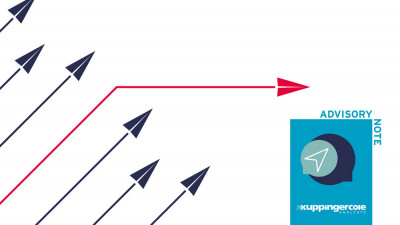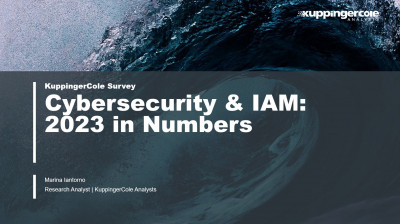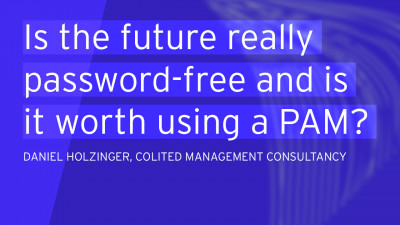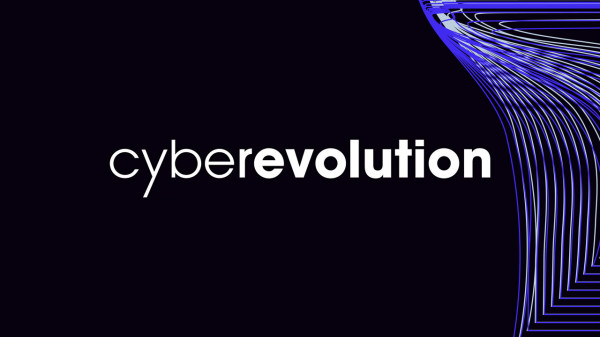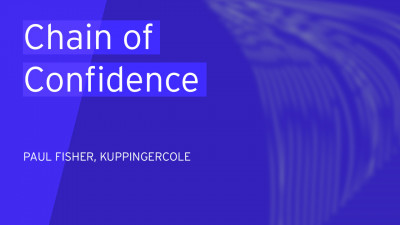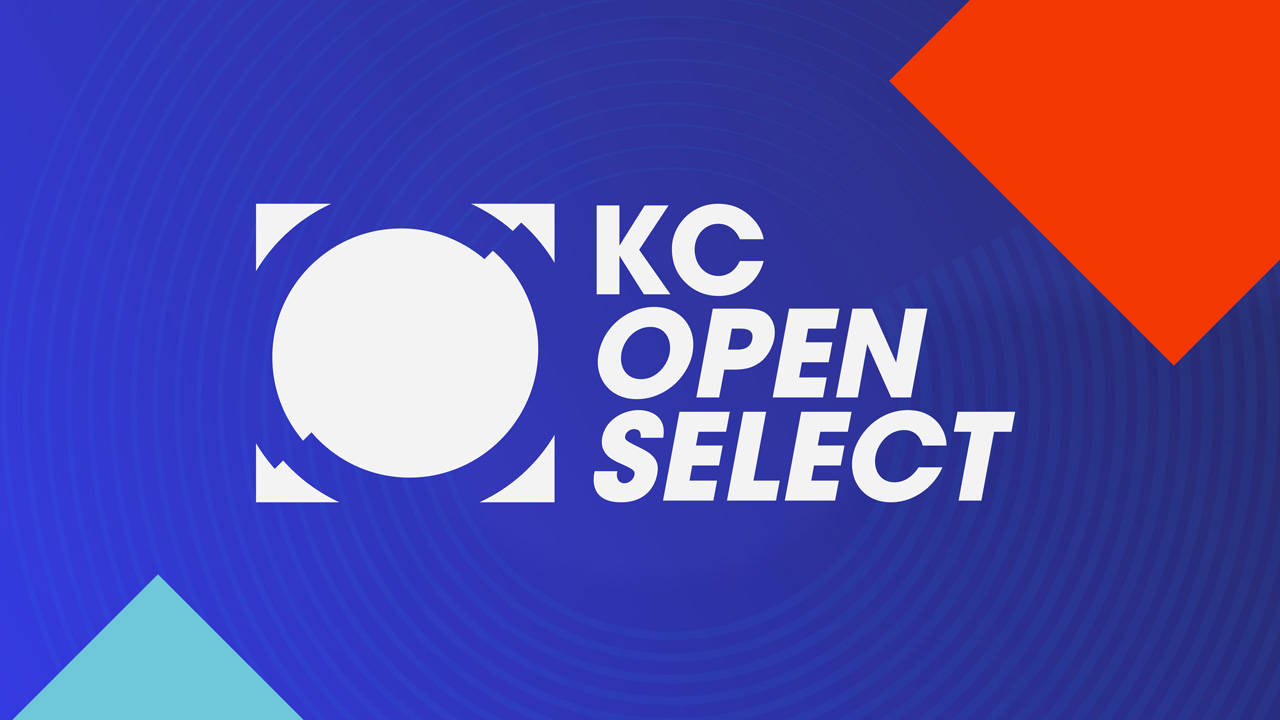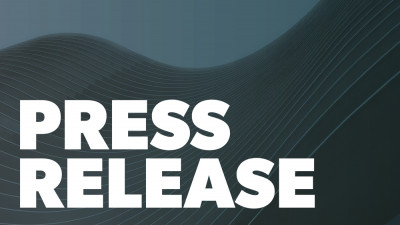1 Introduction / Executive Summary
The KuppingerCole Leadership Compass provides an overview of a market segment and the vendors in that segment. It covers the trends that are influencing that market segment, how it is further divided, and the essential capabilities required of solutions. It also provides ratings of how well these solutions meet our expectations.
This Leadership Compass covers solutions that …
Provide backup, restore, and disaster recovery of all data held in today’s hybrid IT services into the cloud. It provides an assessment of the capabilities of these solutions to meet the backup and disaster recovery needs of organizations with a particular focus on ransomware protection.
There is a mature market with many existing backup and disaster recovery solutions that support the protection of data in IT services delivered on-premises by backing up data to physical media. However, the way in which IT services are delivered is changing as organizations move to a hybrid delivery model. This is leading to emerging markets for solutions that protect data in SaaS (Software as a Service) and IaaS (infrastructure as a Service) as well as for solutions that use cloud services to secure the backed-up data. There is also a growing market offering enterprise BaaS (Backup as a Service) and DRaaS (Disaster Recovery as a Service).
A major threat to business continuity is ransomware. This is because organizations are now very dependent upon their IT services and the data they contain. Working from home has increased the risks of ransomware because of the lack of data protection for unmanaged end user devices. In addition, cyber adversaries have made ransomware protection more difficult by attacking the backup processes as well as the backed-up data itself.
Most of the existing vendors are adapting their solutions to this hybrid service delivery model, but there is still some way to go, especially around SaaS platforms. In addition, new vendors, including the cloud service providers themselves, now offer solutions to protect data in their cloud and to store backup data from other sources. For SaaS, most vendors now offer solutions for customers to back-up the data held in Microsoft Office 365. Some offer solutions that also cover Google Workspace and Salesforce, however, there is a lack of comprehensive coverage for data in other SaaS platforms. This is likely to become more of a problem with the increase in the variety of business solutions delivered as SaaS.
Customers should look for solutions that provide capabilities that align with their business requirements for service continuity. Organizations must identify their business-critical systems and data and use this to define the business continuity protection needed. This sets the recovery objectives for backup and disaster recovery processes and tools.
In general, where an organization is already using an existing solution for on-premises protection, this will be preferred over adding other solutions, providing it meets their evolving business needs. Adding new solutions increases not only costs but also adds to the complexity of use and maintenance. However, in our research we see that some existing solutions on the market do not yet provide comprehensive coverage for the hybrid IT model. Where an existing solution does not meet the business requirements, the organization should consider the new-to-market solutions, if only as a stop gap.
1.1 Highlights
- Data is the most important business asset of the modern organization, and it needs to be protected against unauthorized access as well as ransomware and loss.
- Today’s e-commerce, financial services, and critical infrastructure demand continuous availability where even seconds of downtime could lead to severe damage and disruption.
- Ransomware is a major threat to business continuity. Cyber adversaries use various techniques to infiltrate an organization’s IT systems and make changes that prevent the organization from accessing their data and using their IT services.
- Backup and Disaster Recovery tools provide important controls that are needed to recover data and restore services following cyber-attacks. They are an essential part of a complete information lifecycle protection approach.
- Today’s hybrid IT environment creates additional challenges for backup and disaster recovery because of its complexity and heterogeneity.
- Traditional backup tools deployed as a combination of software, agents and appliances are complex to use, difficult to manage, hard to secure, and are often compromised as part of a ransomware attack.
- Cloud services create new backup and DR challenges. Organizations can misunderstand the shared responsibility model and believe data protection is the sole responsibility of the cloud provider. In addition, Big Data and massive data lakes held in cloud services create additional data resilience challenges.
- Cloud services also provide a way to overcome these challenges. Software as a Service removes many of the management and security tasks from the end user. They provide highly resilient and immutable storage capabilities to protect backup data. They also enable highly scalable backup solutions using modern architectures.
- The Overall Leaders (in alphabetical order) are Arcserve, Cohesity, Commvault, Druva, OpenText (Micro Focus), Veeam® and Veritas.
- The Product Leaders (in alphabetical order) are 11.11 Systems, Arcserve, Cobalt Iron, Cohesity, Commvault, Druva, OpenText (Micro Focus), Veeam®, and Veritas.
- The Innovation Leaders (in alphabetical order) are Clumio, Cobalt Iron, Cohesity, Commvault, Druva, HYCU, and Veeam®.
- The Market Leaders (in alphabetical order) are Arcserve, Commvault, OpenText (Micro Focus), Veeam®, and Veritas.
- The Market Disrupters (in alphabetical order) are Cobalt Iron, Clumio, Druva, and HYCU. These innovators are setting new standards for cloud backup solutions in this market by providing easy to use, lightweight and highly scalable SaaS based solutions.




